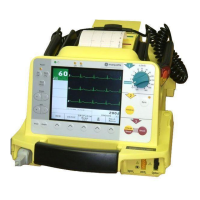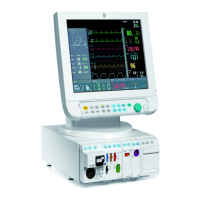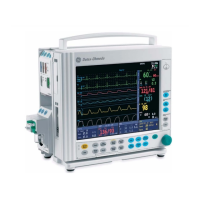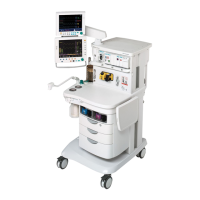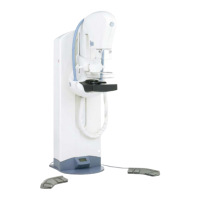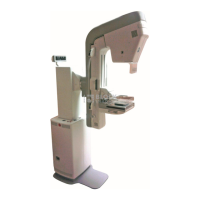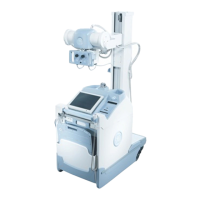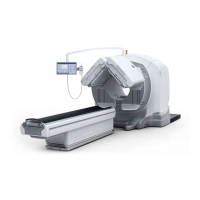TAB
TRIM
COVER &
NON-TAB
TRIM
TAB
TRIM
COVER &
NON-TAB
TRIM
TROUBLESHOOTING and
FREQUENTLY ASKED QUESTIONS
ECG
Problem:
Why is the monitor alarming for asystole, bradycardia,
pause or inaccurate heart rate when a visible QRS is
present?
Answer:
The monitor may not be seeing sufficient QRS
amplitude in all analyzed leads. Multiple leads
(I, II, III and V) are used for arrhythmia processing.
For best results, a 1.0 mV amplitude in all analyzed leads
is recommended.
Intervention:
■ Check the ECG signal acquired from the patient:
• Review the VIEW ALL ECG option to assess the
amplitude of the QRS complexes. A minimum of
0.5 mV amplitude in all analyzed ECG waveforms
at normal size (1x) is required for QRS detection.
For best results, a 1.0 mV amplitude in all
analyzed leads is recommended. Amplitude is
viewed in one direction (positive or negative).
For borderline signals, validate the ECG
waveform on a graph.
• If the amplitude is low in any analyzed leads,
perform skin preparation and adjust electrode
placement. When adjusting placement, utilize
fresh electrodes.
– Increasing the amplitude >2X when using the
ECG SIZE option is for the clinicians viewing
only. It will not affect the ECG analysis.
– It may be beneficial to move the V-Lead
electrode (chest lead) to an alternate precordial
electrode placement to improve detection.
(continued on back of card)
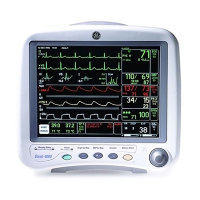
